Carl Moser (1871-1939) grew up in Bolzano in a family of tanners that included several self-taught artists. After commercial training, he ended up returning to his first love, painting, at the Academy of Fine Arts in Munich. After this training, he traveled to Germany, Corsica, Italy and France, where he settled in 1901. There he attended classes at the Julian Academy. In Paris, he discovered Japonism in painting and engraving. Carl Moser spent his summers in Brittany (Douarnenez and Concarneau) where he met Max Kurzweil who encouraged him to try his hand at coloured wood engraving. He became friends with Henri Rivière. Carl Moser achieved a remarkable synthesis of Japanese and European art. He returned home to Bolzano in 1907 and exhibited his prints in Germany and Austria. The Albertina Museum in Vienna purchased a large number of his prints. The First World War caused South Tyrol to change his nationality from Austrian to Italian. Moser now exhibited in his adopted country in various galleries in Rome, Turin and Milan and at the Venice Biennale. Carl Moser died in poverty and forgotten in the late 1930s. His graphic work was rediscovered in the 1970s, notably with the exhibition in Innsbruck in 1978.


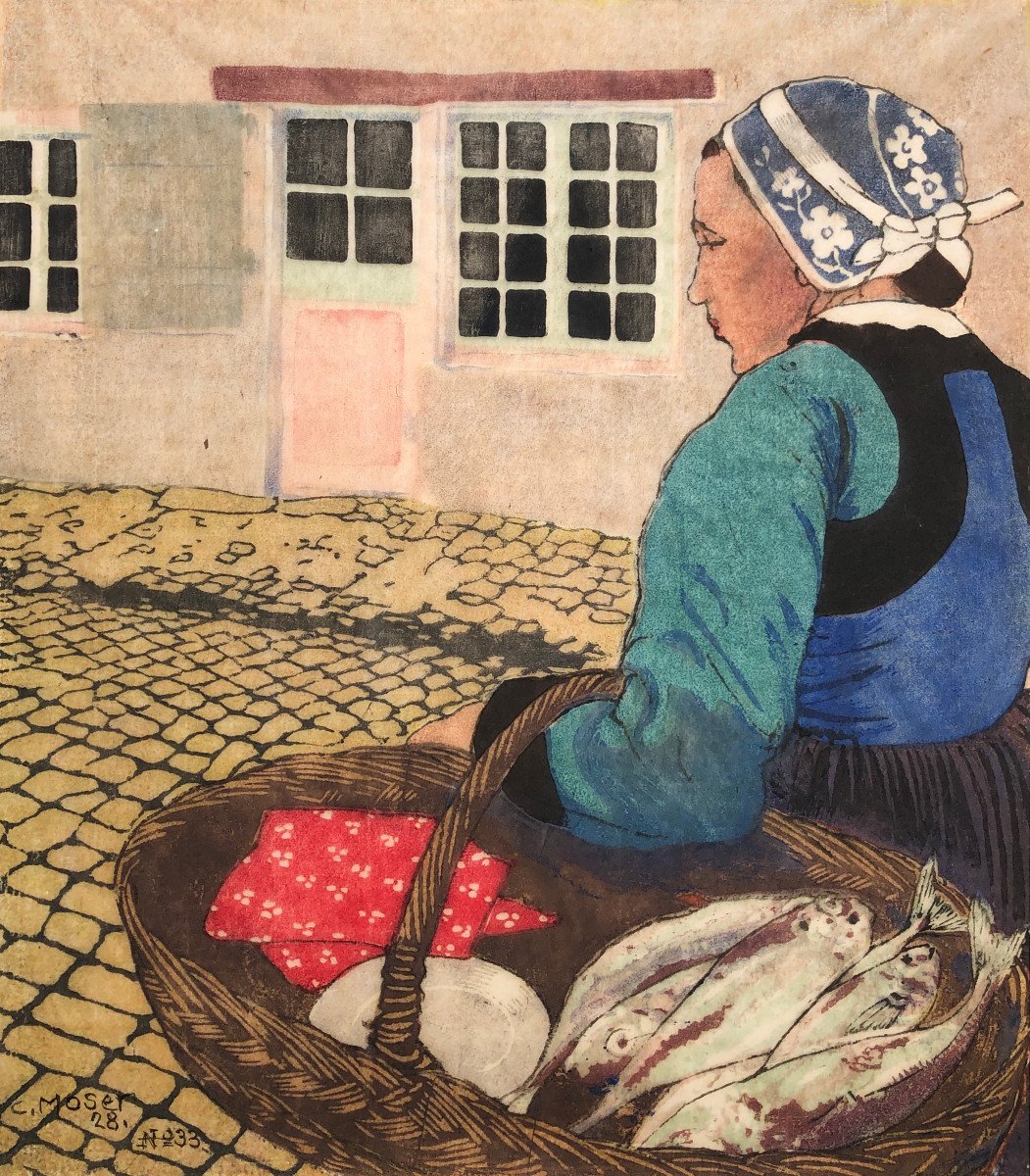








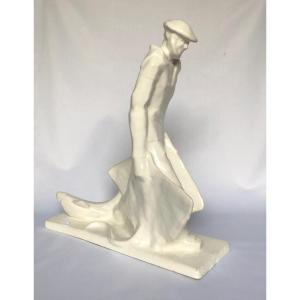


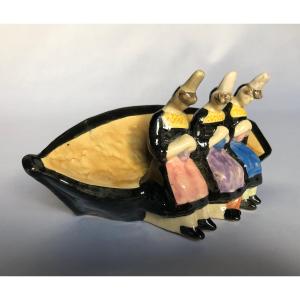






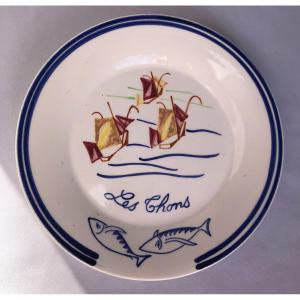




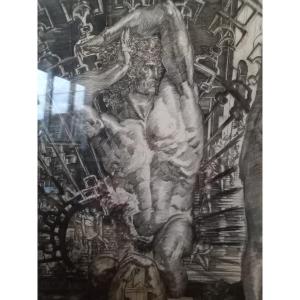







 Le Magazine de PROANTIC
Le Magazine de PROANTIC TRÉSORS Magazine
TRÉSORS Magazine Rivista Artiquariato
Rivista Artiquariato